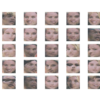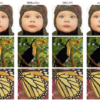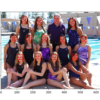The behavior and performance of many machine learning algorithms are referred to as stochastic. Stochastic refers to a variable process where the outcome involves some randomness and has some uncertainty. It is a mathematical term and is closely related to “randomness” and “probabilistic” and can be contrasted to the idea of “deterministic.” The stochastic nature […]










